Email Marketing Trends You Can’t Ignore in 2024 and Beyond
Table of Contents
Email marketing remains one of the most robust and effective channels for businesses to reach their target customers. But in this ever-evolving digital landscape, do you think it’s easy to keep up with the latest trends that will make your campaigns stand out from the competition?
The answer is No!
Hence, the best way to ensure you’re staying ahead of the curve is by examining what other successful brands are doing right now. After all, they’ve already cracked the code for success!
So, in this blog, we’ll look at some of the hottest email marketing trends that will help skyrocket your success when used properly. We’ll also discuss the email designs you can use and some proven strategies for your email marketing campaign.
However, before that, let’s go over some key email marketing statistics that highlight the importance of email marketing.
Why Is Email Marketing Crucial for Your Business
Email marketing is one of the most effective forms of communication and promotion available to businesses today. Email campaigns allow you to reach out directly to your target audience with personalized messages tailored specifically for them.
This not only helps increase engagement and brand awareness but also leads to increased sales and conversions. Additionally, with email marketing, you can track customer behavior over time to adjust your strategy accordingly to maximize your efforts’ effectiveness.
Let’s show you some numbers here to prove our point. These statistics demonstrate how businesses today are harnessing the power of email marketing campaigns:
- 44% of advertisers send weekly emails. While 5% send emails several times per month. (Databox)
- There were 4.3 billion global email users in 2022. These are projected to reach 4.6 billion by 2025, surpassing half the world’s population.
- For every dollar spent on email marketing, you make $36, giving you a massive email marketing ROI of 3600%.
There are several studies available on the internet proving the importance of email marketing campaigns. But do you know how you can reap the most benefits from such campaigns? Only by being up-to-date with the latest email marketing trends. So, let’s move ahead and look at some current trends.
Current Email Marketing Trends That Are Gaining Popularity
1. Increased Emphasis on Personalization
Personalization has been among the prized weapons in every email marketer’s armor. Yes, you read it right. Personalization is one of the most prominent email marketing trends this year.
As mentioned above, the volume of emails being exchanged at present is higher than ever. So, sending them relevant and personalized email messages is the only way to get through to your target audience.
A survey, Inbox Insights 2022, shows that about 60% of the most successful email marketers believe personalization is one of the top ways to improve engagement. That clearly suggests there are numerous brands utilizing email personalization to stand out (including your competitors).
The greater the relevancy of your emails, the more engagement and interaction they will invite. To achieve that, however, you first need to segment your email lists meticulously.
Divide your customers into different sections based on various parameters like age, location, occupation, gender, browsing history, past purchases, preferences, and more. Subsequently, this will enable you to implement personalization at scale.
Take a look at this email from GasBuddy
Over here, GasBuddy has provided the user with a detailed driving report allowing them to take stock of their habits and see how they fare compared to others.
Moreover, 2024 will witness marketers adopting an increasingly data-driven approach to fuel their personalization ambitions. You can leverage zero and first-party data to understand their interactions and activities better.
Ultimately, this will power businesses to deliver extremely targeted experiences, improving the performance of their email marketing programs in the process. At the end of the day, all customers want is to be heard and acknowledged by their favorite brands. And embracing a data-intensive personalization approach will let brands accomplish that with ease.
The Spotify Wrapped initiative is undoubtedly one of the most popular first-party data personalization campaigns that have emerged recently. Here’s how it looks.
2. AI Will Boost Your Email Marketing Efforts
The advancements in artificial intelligence (AI) are changing how businesses interact with their customers. And one of the most exciting trends is how AI can boost email marketing efforts. Before discussing its uses, let’s look at some statistics.
- A whopping 95% of marketers find generative AI for email creation effective, with more than half (54%) considering it very effective, according to HubSpot’s State of Generative AI 2023.
- 32% of marketers globally use AI with marketing automation to personalize email messages, paid advertising, and offers.
- In a 2023 survey of email marketers from the US, UK, and Europe, 40% found AI-powered automatic content and image generation most appealing, while 34% mentioned personalized content and newsletters as their interest.
- In the realm of sales, 21% of professionals who integrate AI into their roles find it most useful for composing messages to potential clients.
From all the statistics mentioned above, it’s clear that AI is becoming one of the most powerful email marketing trends. An email created with an AI email generator offers several benefits, like improved personalization, automated segmentation, faster completion of tasks, and better targeting.
For example, AI can help marketers identify customer segments based on their behavior and preferences to send more targeted content. This improves the customer experience and helps businesses reach customers with the right message at the right time.
Moreover, using AI in your email campaigns will enable you to create personalized messages tailored specifically for each recipient automatically.
Do you know how?
AI technology can analyze people’s email history to determine their preferences and interests. This data is then used to create customized emails for each individual based on what they have previously responded to, clicked on, or purchased from the company.
Besides, AI can track customer behavior in real-time and adjust content accordingly. This allows businesses to maximize engagement by targeting customers with relevant messages at the right time.
You can use tools like MailChimp to keep track of customers’ email preferences and easily create automated email campaigns. Not only does this provide customers with relevant content they are more likely to engage with, but it also increases open rates, which boosts ROI from email campaigns overall.
Let’s take the Airbnb example who uses AI to curate and personalize their emails. Airbnb uses AI to send emails to people who looked at a place but didn’t book it.
Source
This is like when online stores remind you about items in your cart. The emails remind you to finish booking and show similar places at the same price nearby. These emails help bring people back and are smart at sending messages that make you more likely to book.
This is like when online stores remind you about items in your cart. The emails remind you to finish booking and show similar places at the same price nearby. These emails help bring people back and are smart at sending messages that make you more likely to book.
3. Greater Focus on Privacy
The announcement of Apple’s MPP (Mail Privacy Protection) heightened awareness about the privacy concerns of email users across the globe. With MPP in effect:
- The IP addresses of the recipients get hidden, meaning senders can neither link it to their other online activities nor determine their subscribers’ location via their IP addresses.
- Moreover, it will also prevent marketers from knowing whether recipients opened their emails or not.
This pushes email marketers to be exceptionally mindful of their customer’s privacy. Here’s an email from Hover that conveys their respect for their subscriber’s privacy.
Another significant takeaway from this development is regarding how you measure your email success. Gone are the days when businesses relied on open rates to assess the performance of their campaigns.
Now, they will have to rely on other metrics such as click-throughs, list growth, conversion rates, revenue per email, and LTV (lifetime value) for evaluation.
Marketers will have to actively monitor what their subscribers are doing after clicking on their emails and utilize that information to gain the upper hand. A good way to stay on top of your customer’s pulse is by inviting them to participate in surveys. Here’s how DeFeet goes about it.
4. Practicing Accessibility
With inclusion being a core principle of the email community, more and more emphasis is being laid on accessible email design now. Apart from that, not paying heed to accessibility can also spell some serious doom to your campaign’s performance.
At present, almost 16% of the world’s population has some form of disability. Hence, if your emails are not accessible to people of all abilities, your visibility and reach will suffer immensely.
Here’s an accessibility checklist you can refer to while crafting your future campaigns.
In addition to capitalizing on email’s high market penetration, practicing accessibility also frees you from legal trouble. In the global landscape, various international frameworks and legislations have been established. These regulations require businesses to ensure their content is accessible to individuals with visual, physical, auditory, cognitive, and speech disabilities.
Failing to comply with these laws can earn you a string of legal disputes and several sleepless nights in the process. Take a look at this email from Instead, which abides by all the accessibility design best practices.
5. Humanizing the Brand
The last couple of years have kept people from meeting their families, friends, and loved ones in person. Even on the professional front, we have been forced to resume our proceedings virtually, online meetings being our only source of interaction.
This has left the majority of us craving a personal and human connection. Thus, in 2023, humanizing the brand is expected to establish itself as among the leading email marketing trends.
And perhaps there’s no better way of doing that than putting a face to the names who run the show. No, we’re not just talking about CEO addresses; we mean representing the whole team via a personalized email signature. When people know the person behind the messages, they feel an instant connection.
In the future, communication containing personal anecdotes of the brand’s representatives might as well become a norm. After all, who’s a better ambassador for the brand than the ones who work tirelessly towards ensuring its success?
This email from Curology drives our point across perfectly.
Here’s another excellent example from Flywheel.
6. Tapping Into Cross-channel Marketing Opportunities
It’s not enough to have an email marketing strategy for businesses. Conveying the same message through multiple channels gives you a much better chance of reaching out to as many people as possible. As such, in 2023, cross-channel marketing strategies and campaigns will become more talked about and popular than ever before.
We already see companies using this opportunity by combining emails with SMS messages or social media posts. This is especially effective for promotional purposes, where subscribers are informed via email and other channels that something new is on the horizon.
Investing in such tactics helps brands stay connected with their customers and keep them engaged at all times, which results in higher customer retention rates down the line.
What makes campaigns memorable? An email signature! It adds a personal touch, reinforces your brand, and leaves a lasting impression, boosting engagement and branding
That’s all for the email marketing trends. But do you know what can facilitate your email marketing efforts the most? It’s your email design. So here are some recent email design trends that you should follow to make sure your emails are effective
Top Email Design Trends to Boost Interaction
1. Bold Typography Will Continue to Play the HERO in Emails
There was a time when marketers relied on visuals to play the hero in their emails. However, bold typography has turned out to be a welcome change for email designs.
Here’s an email that shows how bold typeface is used to draw the recipient’s attention and prompt them to scroll through the email. It is a great way to pique their curiosity and get them to take action.
2. 2023 Will See More Dark Mode Compatible Emails
In 2022, approximately 5% of emails featured dark mode compatibility coding. This percentage bounced back to 5.18% in April 2022. In 2023, marketers will send more dark mode compatible emails so that there are no deliverability issues. Wondering how?
In case your emails are not compatible with dark mode, it might trigger the spam filters because of the broken layout. This, in turn, can hamper your deliverability. Also enhance your email deliverability by incorporating an SPF record checker to prevent layout issues and maintain secure communication.
Moreover, dark mode is less exhausting for the eyes and saves the device’s battery life. Therefore, it is a win-win situation for subscribers. One can even flaunt the dark mode for its classy look and feel.
Here’s an example to show you what could possibly go wrong if you ignore the trend. The section highlighted in red is displayed incorrectly in the email and would ruin its look and feel.
3. Interactivity Will Continue Getting More Popular
Do you know interactive emails are a key component of marketing strategies for almost 23% of brands? While close to 32% of email marketers want to incorporate interactive emails into their upcoming campaigns.
With the right interactive emails, marketers can increase user engagement and retention. Thinking about how you can use interactive content in your emails? Well, you can add polls, surveys, quizzes, assessments, forms, contests, videos, and more to your emails to make them more engaging.
For embedding polls in your emails or any other interactive content, you can use a no-code interactive content tool like Outgrow. This tool creates unique and engaging experiences with just a few clicks. You don’t have to be a tech expert to use this tool. Just drag-and-drop to quickly build interactive content like a fun quiz for your audience and embed it in your email with the ready-to-use code.
You thought, that’s all? Absolutely not.
Besides, if you run out of ideas for the content, Outgrow’s AI feature could be your savior here. The tool will ask a few questions about your industry, keywords, and target audience and suggest a range of titles, questions, and results for you to pick from.
Additionally, you can request the AI to offer more suggestions for the questions, welcome screen, and results page if you’re not satisfied with the results.
4. Gradients Will be the New Normal
If you want to give a unique perspective to your emails, use gradients to draw the subscriber’s attention. Apart from the background, you can add gradients to your CTAs too.
Take a look at how gradients can take the entire look and feel of an email to the next level.
5. Embrace Emotional Design
Your subscribers go through nine emotions, i.e., belongingness, hope, trust, guilt, vanity, fear, curiosity, greed, and love. Hence, this email trend will introduce emails that will trigger the right emotion based on the purpose of the email.
Here is an email marketing example of Charity: Water who has tried to create a sense of optimism and hope with their email.
6. Use Textured Illustrations for 2D Images
Marketers are taking a step further from using stock images and vectors in email campaigns. They are using textured illustrations to enhance the effect of 2D images. Besides, you can also try out different color contrasts, gradients, tints, and patterns to add depth to your emails.
7. Phantasmagoric Collage Will be the Newest Thing in 2023 Email Designs
You must have certainly heard about the previous email design elements, but Phantasmagoric Collage is something really new. It will add visual oomph to the emails by adding bits and pieces of several images placed on one.
FILMSUPPLY has made nice use of phantasmagoric collage in their email.
8. Minimalism Will be a Fad
Less is CERTAINLY more!
Email marketers will choose minimalistic email designs with subtle color combinations, monochrome layout, and pastel colors.
These emails are more readable and scannable as there is no distraction for the reader.
Here’s an example to show you the power of minimalism, muted colors, and monochrome layout – all at once.
Final Thoughts
Believe it or not, email marketing is still one of the most effective forms of digital communication. And from the statistics mentioned above, it’s easy to understand why.
Considering its importance, we’ve discussed the latest email marketing trends to help you stay ahead. It’s important to make your customers and prospects feel special. Hence, including interactive content is not a choice but a necessity.
If you find any challenge while creating interactive content, Outgrow is here to help. Want to give it a try? Sign up for 7 days of free trial and see what wonders Outgrow has in store.
FAQs
Author’s Bio:
Kevin George is Head of Marketing at Email Uplers, one of the fastest-growing custom email design and coding companies, and specializes in crafting professional email templates in addition to providing email automation, campaign management, and data integration & migration services. He loves gadgets, bikes, jazz, and eats and breathes email marketing. He enjoys sharing his insights and thoughts on email marketing best practices on his blog.

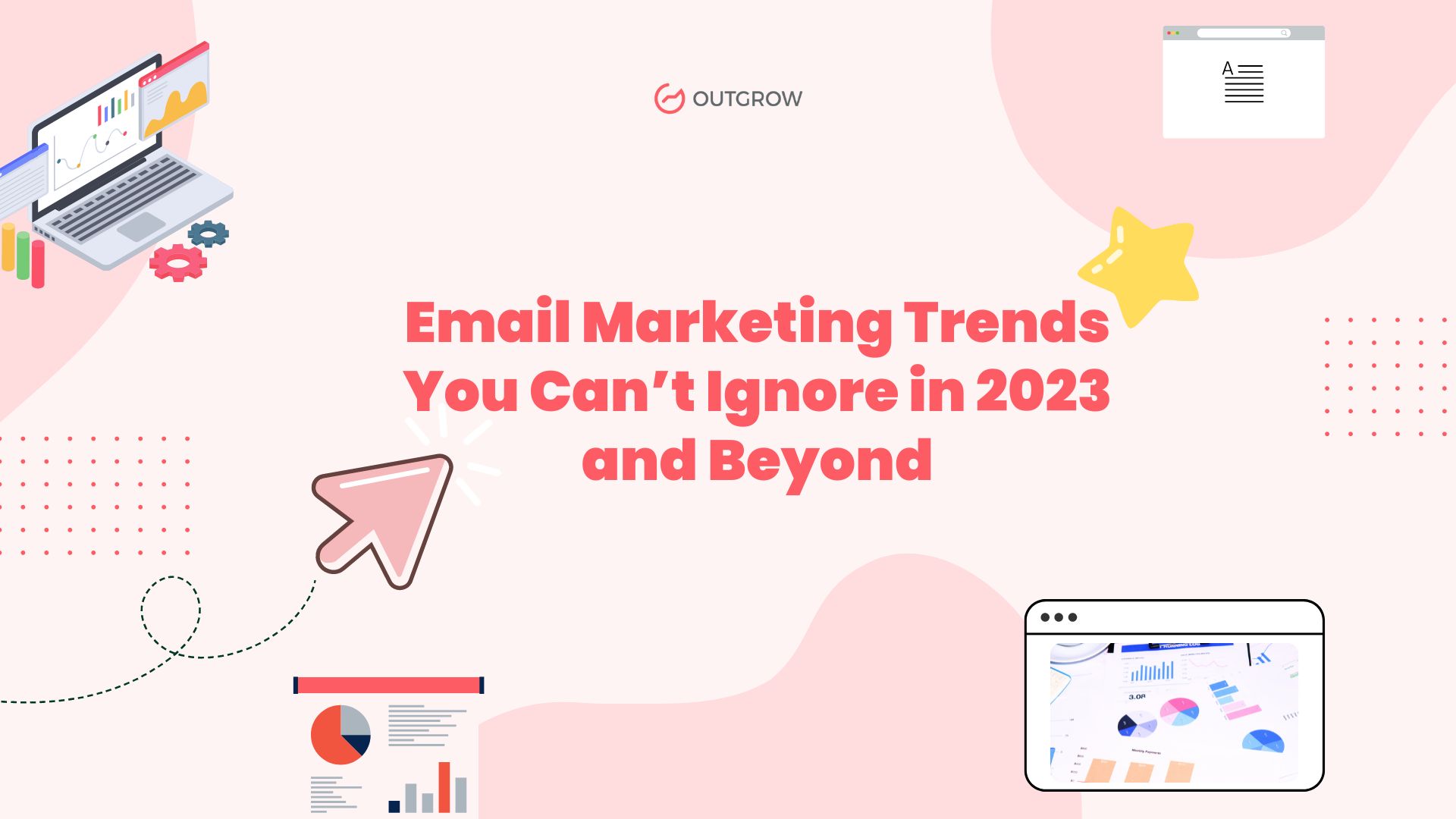
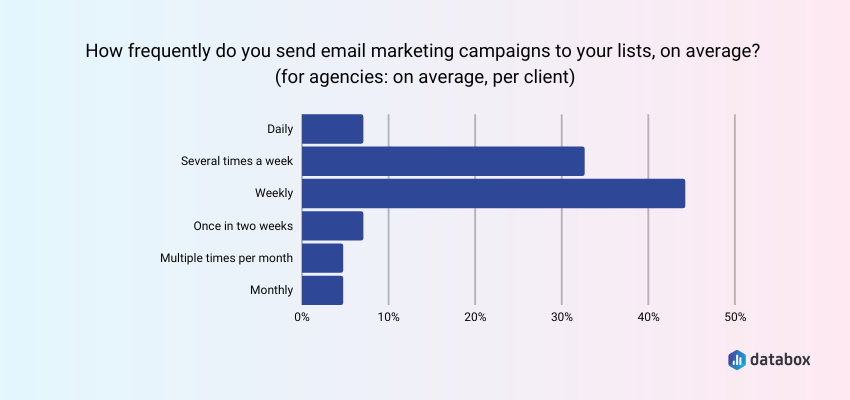
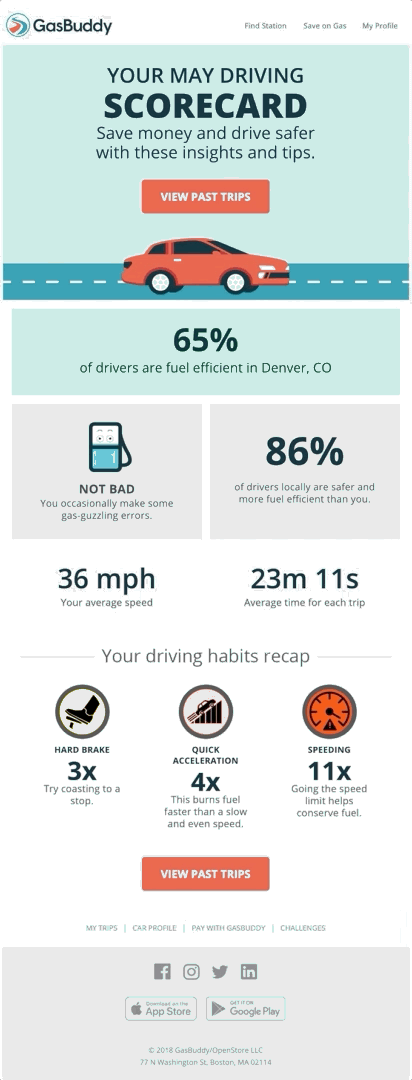


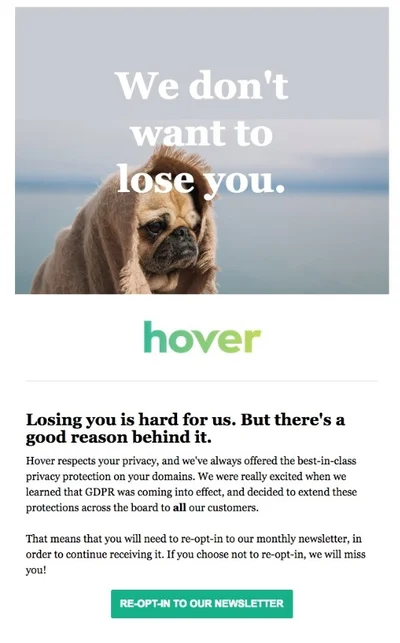
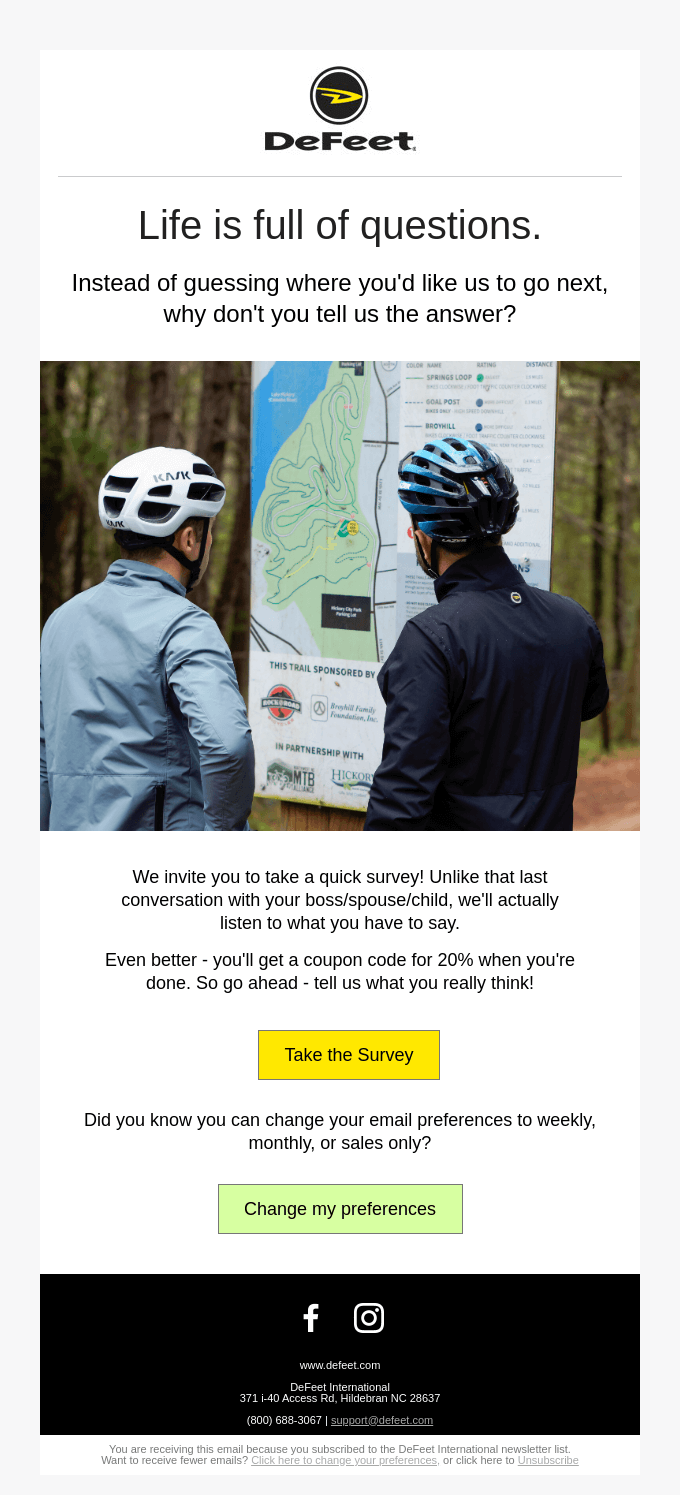
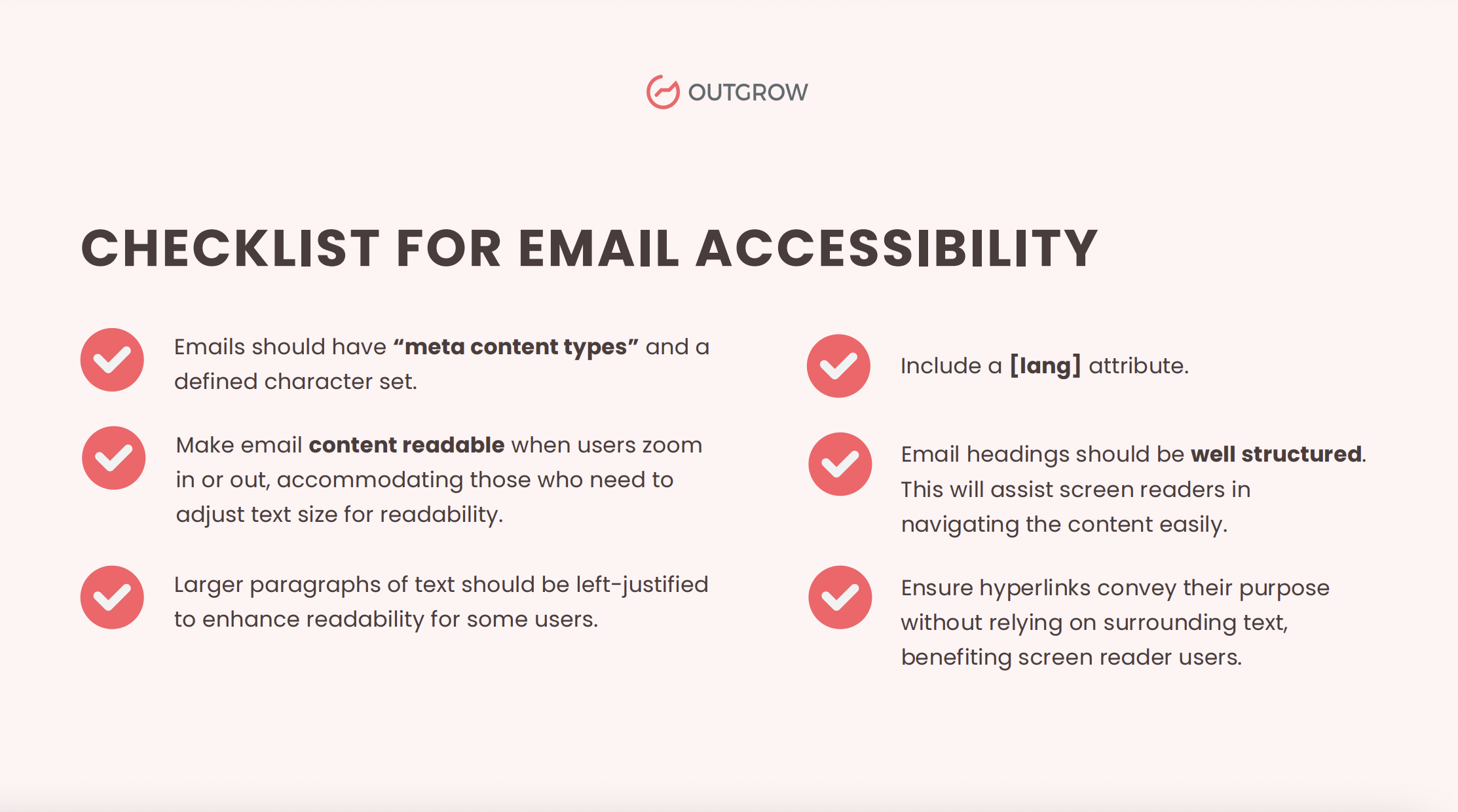

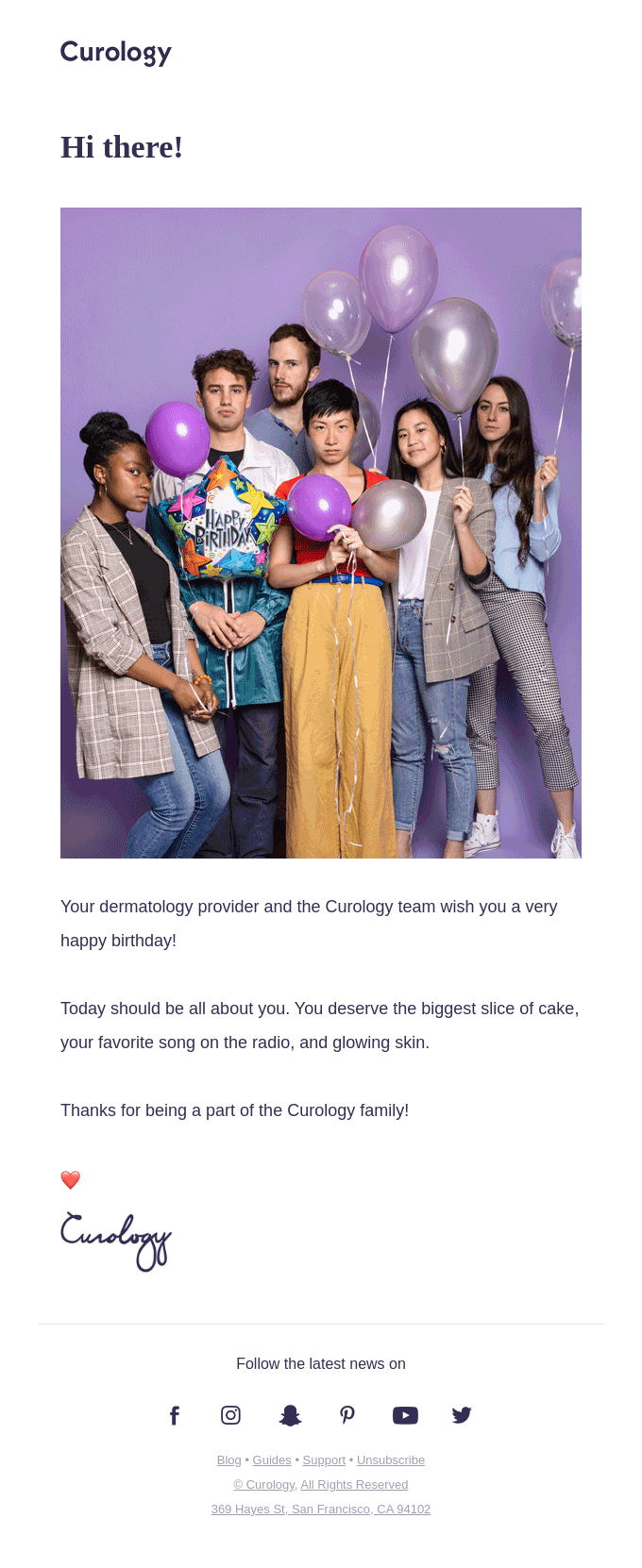
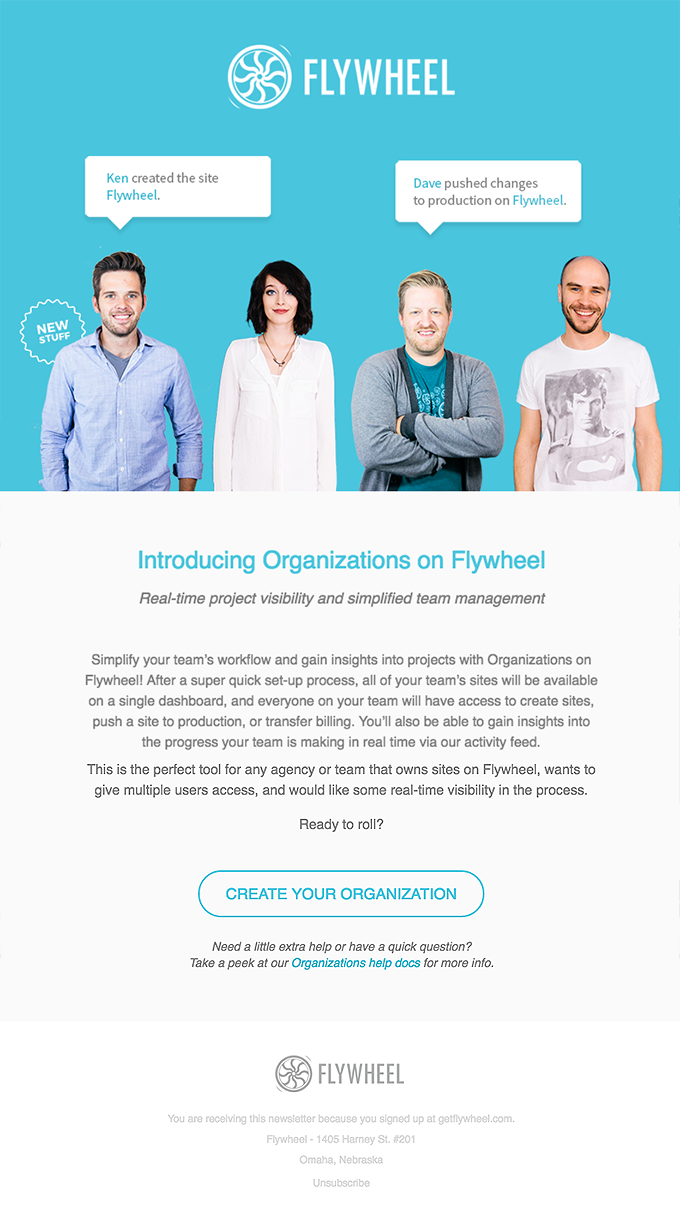
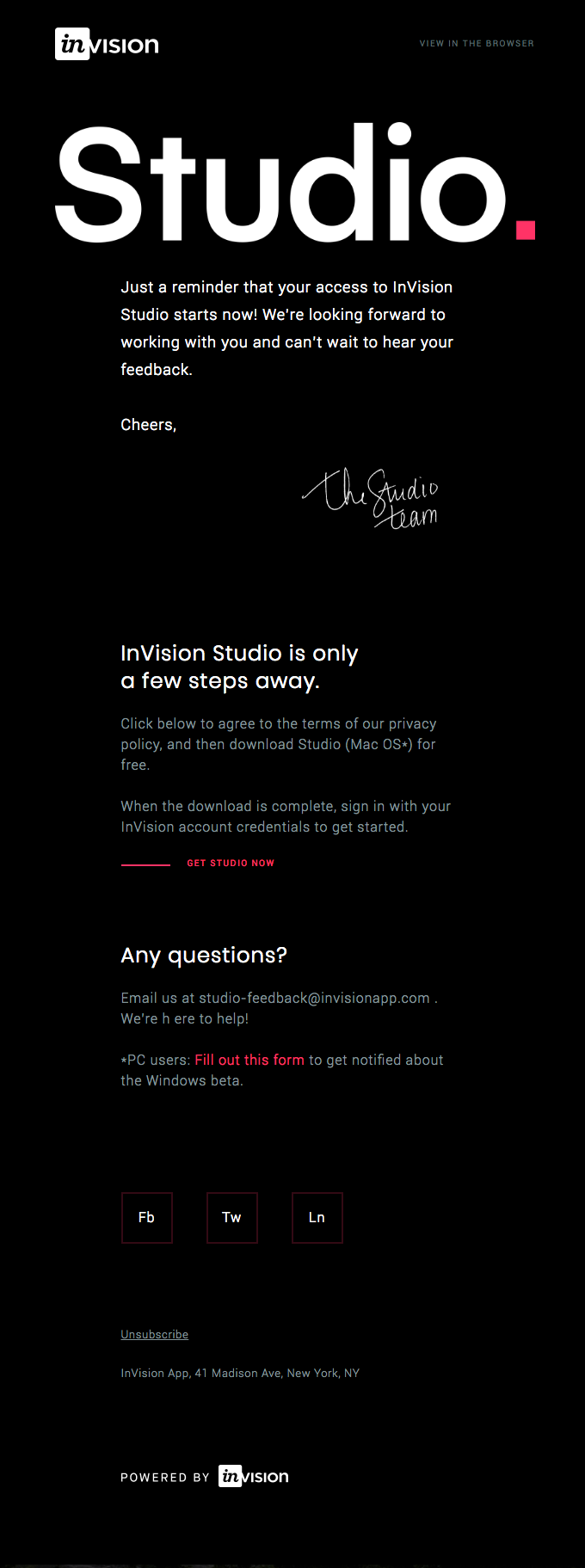
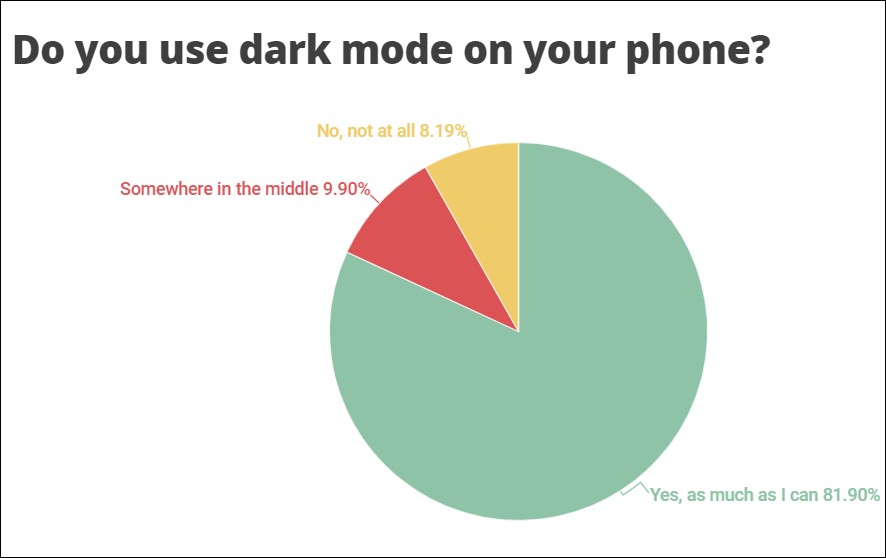
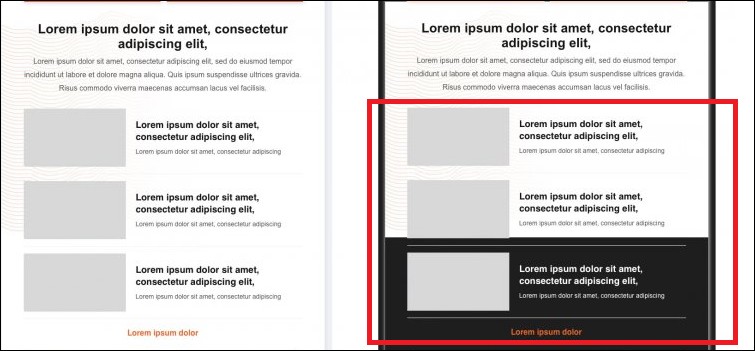
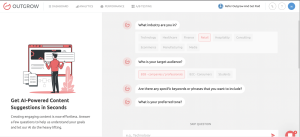
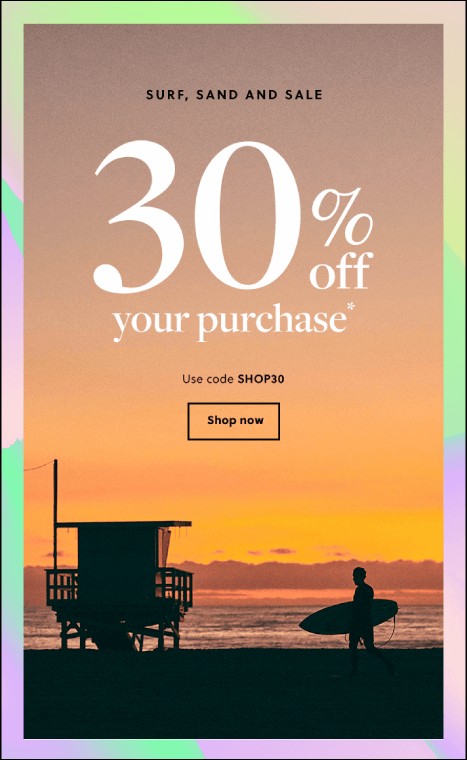
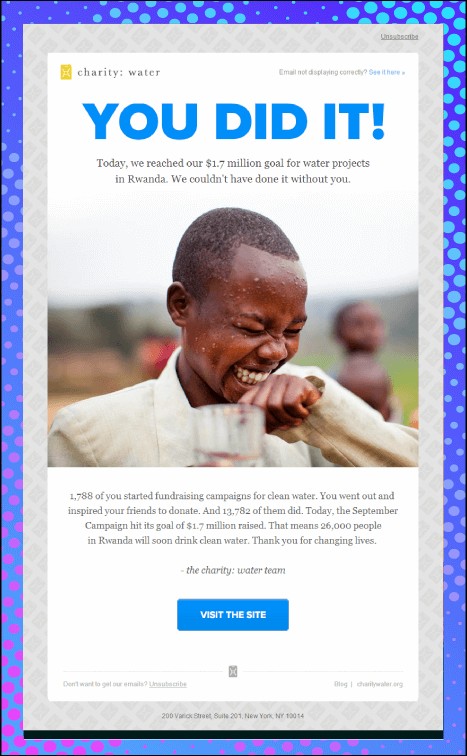

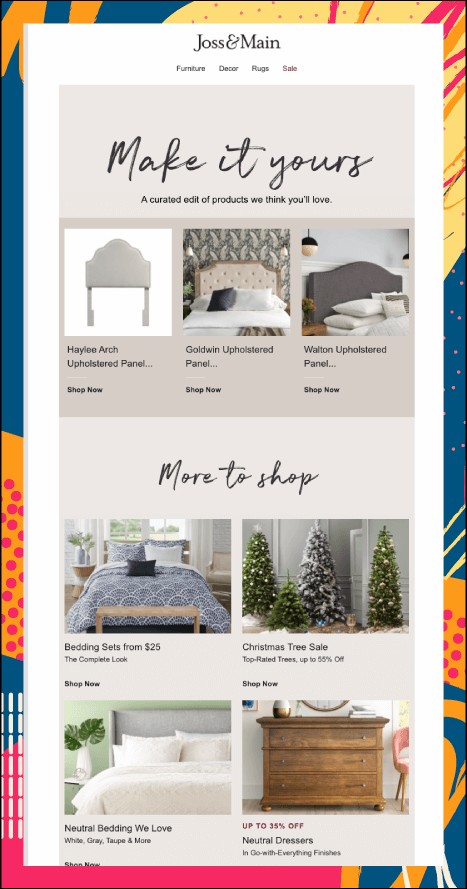
![[Calculator] Are you Adept at Adwords?](https://outgrow.co/blog/wp-content/uploads/2023/05/Blogs-min-1536x768-1-1-1.png)
